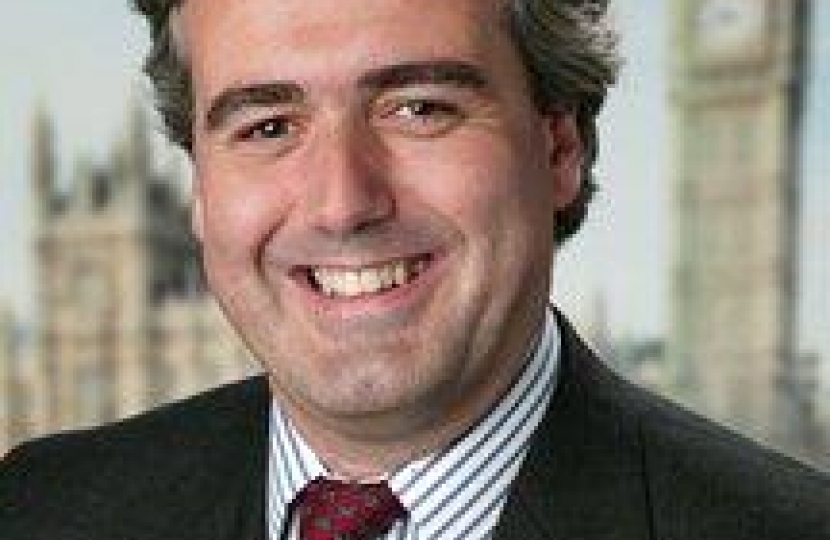
The progress of interest rates is one stealing headlines and it was a recent speech made by the Governor of the Bank of England that is the latest news-grabber.
Our economy is recovering well –the fastest recovering economy in the G20. This is remarkable considering the extraordinary damage that was done to public finances leading up to the crisis, and the damage done to the economy by the crisis itself. So when the economy starts to gather pace, interest rates need to go up to control growth. This is something that is non-political – Gordon Brown passed this control measure to the Bank of England in one of his few policies that I broadly agreed with.
The problem we have is we are still on emergency levels of interest rates. Interest rates are set to ‘normalise’ and it is the comment by the Bank governor that is making headlines.
The Governor has talked about forward guidance and how he sees rates normalising but his speech suggested, for the first time, that rates will start to rise this year. What does this mean for households?
Interest rate rises will be small – just a quarter of one percent. But if rates rise from a half percent to three quarters, that is in increase in funding costs by 50%. For a mortgage, if you pay 3% for your mortgage that costs £300 a month in interest, your bill will probably go to £325.
I have been arguing, on the Treasury Select Committee, for some time that this normalisation of rates could have a profound effect on households. But the effect could be more subtle than just headline mortgage rates. At the moment, banks are prepared to help some households who struggle to pay their mortgages, but mainly because they can do so at a cost to the bank of just ½% a year. But if their cost goes to ¾%, it now costs them half as much again to help households. Their resolve to help households may be lessened by their rising finding costs.
I have always though that one of the biggest social catastrophes of the era of the previous government was the increase in household debt, from £400 billion in 1997 to £1.45 trillion in 2008. It hasn’t really changed since then. But as rates normalise, we will finally see the true cost to households of the Brown years.
